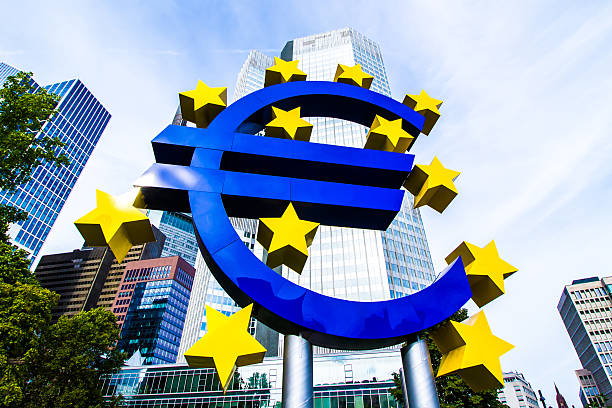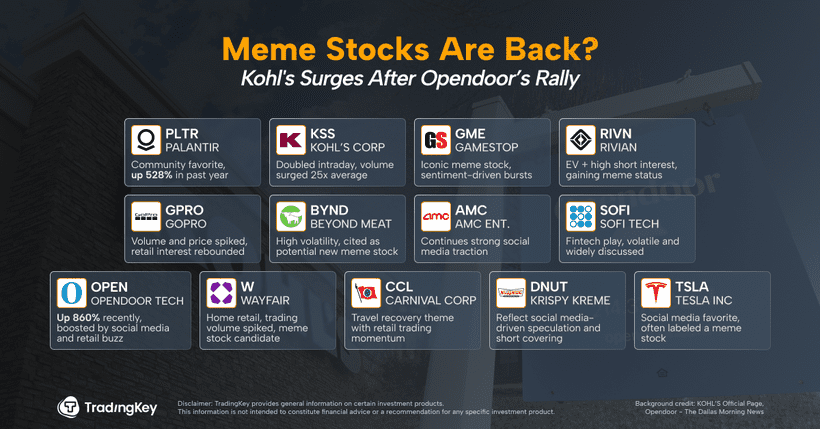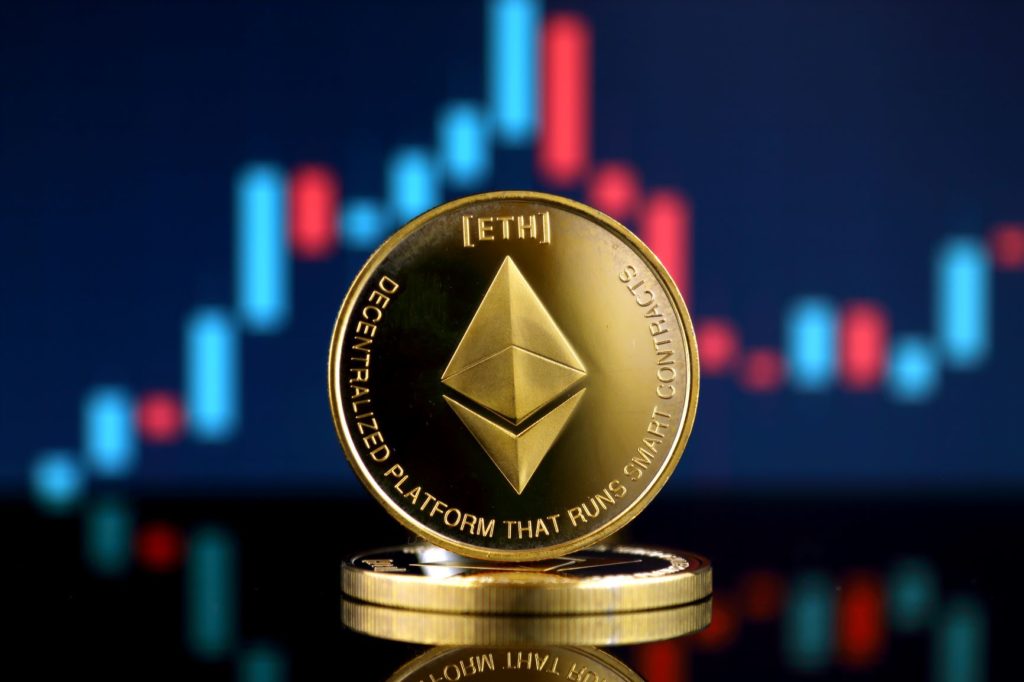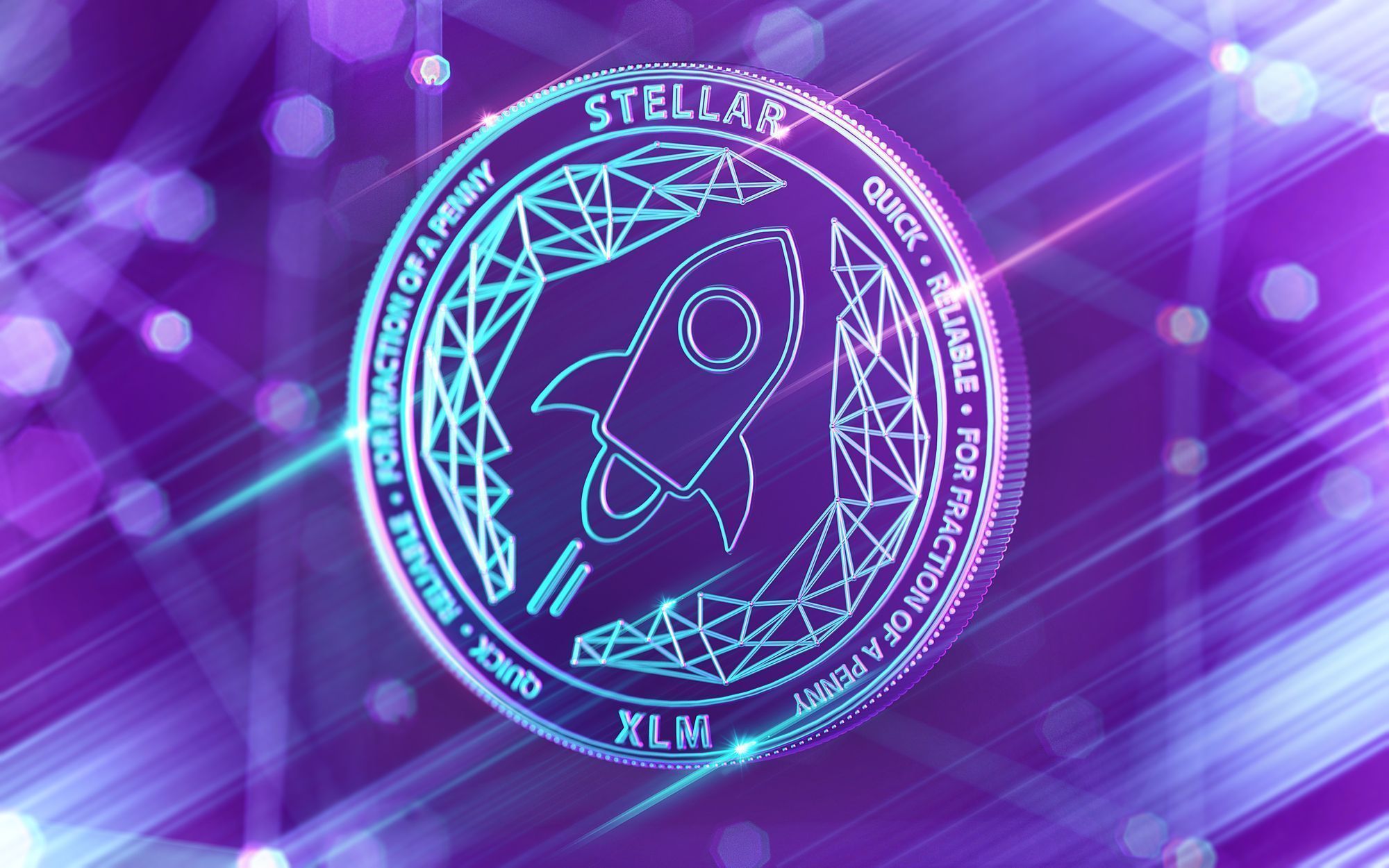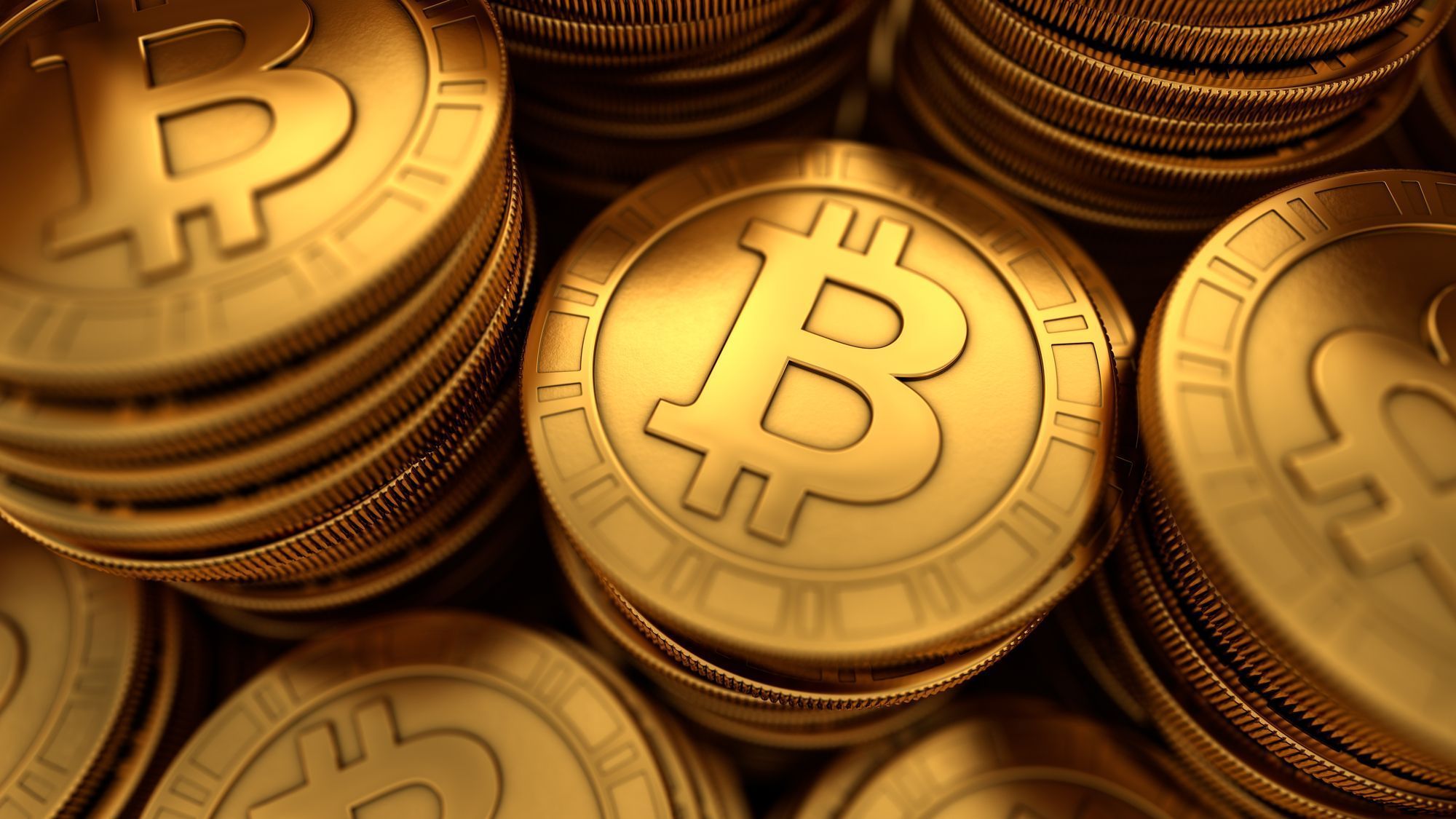Japan may use its $550 billion U.S. trade deal fund to support Taiwanese chip plants in the U.S.
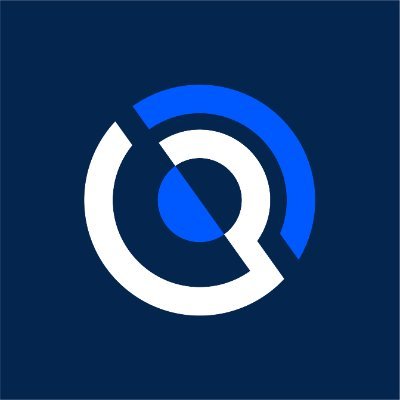
Japan’s top trade official said Saturday that $550 billion in investments secured through a U.S. tariff deal might be used to support Taiwanese semiconductor factories inside the United States. Speaking to NHK, Ryosei Akazawa confirmed the funding wouldn’t be restricted to only Japanese or American companies.
Japan made the deal this week with the United States, agreeing to pour funds into U.S.-related projects—through equity, loans, and guarantees—in exchange for lower import tariffs on its goods. The exact layout of the program is still vague. But according to Akazawa, what matters now is building supply chains that are “critical to economic security.”
He said the financing could be open to any project that serves that goal, including a Taiwan chipmaker setting up shop in the U.S. “If a Taiwanese chipmaker builds a plant in the U.S. and uses Japanese components or tailors its products to meet Japanese needs, that’s fine too,” he told NHK. No specific company names were given.
Taiwan’s TSMC could benefit from the fund
Taiwan’s TSMC, the world’s top advanced chipmaker, already announced a $100 billion investment plan in the United States earlier this year. The announcement came in March during a White House event with President Donald Trump, and it added to $65 billion already committed toward three chip facilities in Arizona. One of those factories is already running.
The push for a stronger U.S. chip supply comes with a catch. Washington’s reliance on Taiwan for high-end chips has been labeled a risk, especially due to the island’s proximity to China. Japan is trying to address that risk, not just for the U.S., but for itself too.
Under the deal, Japan is expected to route most of the $550 billion through two state-backed financial arms: the Japan Bank for International Cooperation (JBIC) and Nippon Export and Investment Insurance (NEXI). A newly revised law lets JBIC finance foreign firms if they play a role in protecting Japan’s supply chains.
Akazawa made it clear that only a small slice—just 1 to 2%—of the total investment would be in equity. The rest will be loans and insurance guarantees. That means Japan isn’t trying to take ownership in these projects; it’s trying to support them without carrying the long-term risks of being a shareholder.
When asked about a White House claim that the U.S. would keep 90% of the profits from the investment deal, Akazawa clarified what that number meant. According to him, the U.S. was referring only to returns from equity shares, which would be a very small part of the overall fund. “That figure refers only to returns on equity investment,” he said.
Japan originally pushed to receive half of the profits, but Akazawa said the compromise wasn’t a huge loss. The country is saving about 10 trillion yen, or around $67.72 billion, in tariff expenses due to the agreement. That trade-off made the decision easier.
He also said the government wants to roll out the entire $550 billion within the remainder of Trump’s current term. That sets a tight deadline for both planning and disbursing the funds.
So far, no official timeline has been released for when the first batch of funds will be handed out. No companies—Taiwanese or otherwise—have confirmed whether they’re applying. But Akazawa’s comments made it clear that Japan is ready to back whoever helps build secure chip supply chains, whether that’s in Tokyo, Taipei, or Texas.
Cryptopolitan Academy: Want to grow your money in 2025? Learn how to do it with DeFi in our upcoming webclass. Save Your Spot
